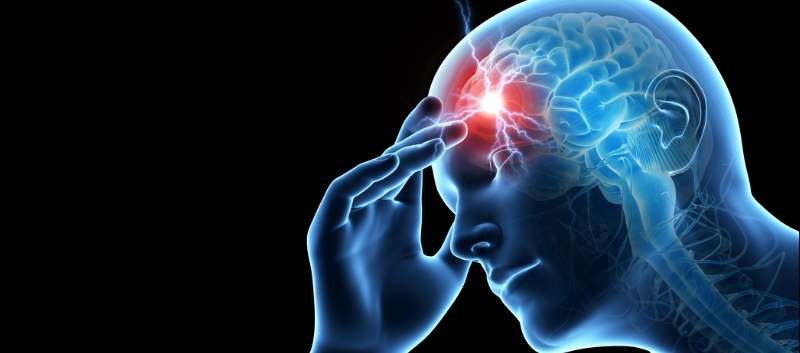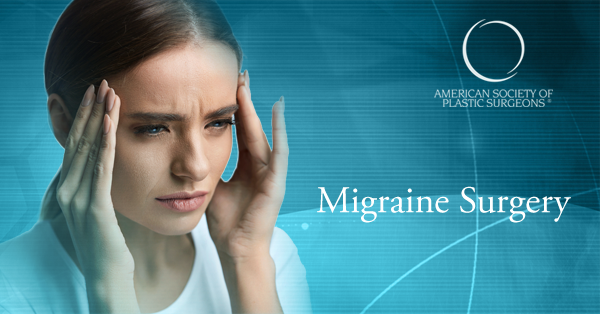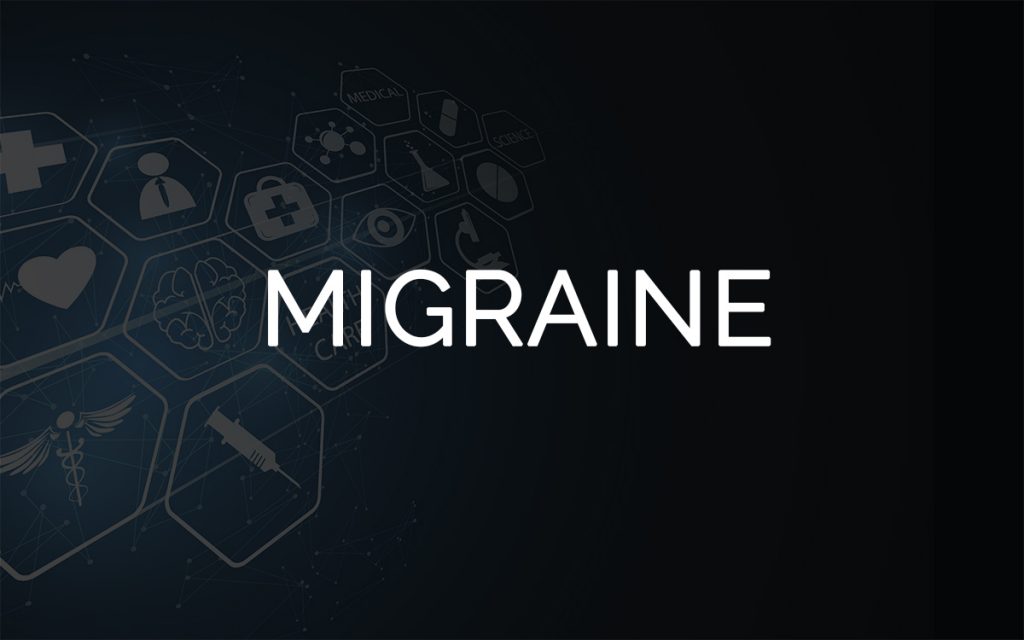What is Migraine?
A recurring type of headache that causes moderate to severe pain that is throbbing or pulsing. The pain often emerges from one side of the head and other symptoms are also involved such as nausea, weakness or diarrhea. Migraines may begin in childhood or may not occur until early adulthood. In comparison, women are more likely to suffer from a migraine than men.

What Causes a Migraine?
As of now, there is no exact cause of a migraine. Though, many researchers believe that genetics is the cause of it as it runs in the families, even though it does not mean that everyone will be affected by it. Migraines are most common in blood relatives such as parents, children, brothers, and sisters. There are other factors or triggers that cause a migraine: stress, anxiety, hormonal changes in women, bright or flashing lights, loud noises, strong smells, medicines, too much or not enough sleep, sudden changes in weather or environment, overexertion, tobacco, caffeine, skipped meals, medication overuse. There are certain foods and food additives such as alcohol, chocolate, aged cheeses, monosodium glutamate (MSG), some fruits, nuts, fermented or pickled goods, yeast, cured or processed meats.

The Symptoms Are:
There are four different stages of migraines, a person can go through each phase each time they have a migraine.
• Prodome– this phase starts up to 24 hours before you experience a migraine. The early signs and symptoms are food cravings, unexplained mood changes, uncontrollable yawning, fluid retention, and increased urination.
• Aura – in this phase, you might see flashing or bright lights or zig-zag lines. You may also experience muscle weakness or feel like you are being touched or grabbed. An aura can occur before or during a migraine.
• A headache– a migraine starts gradually and later becomes more severe. It causes a throbbing or pulsing pain on one side of the head. It is normal to have a migraine without a headache. Other symptoms may include:
– sensitivity to light, noise, and odors
– nausea and vomiting
– worsened pain when you move, cough, or sneeze
• Postdrome– following a headache, in this phase you can feel exhausted, weak and confused. It can last up to a day.
Migraines are more common in the morning, a person wakes up with them. You can have a migraine before menstruation, on weekends after a stressful week of work.
Diagnosis
Consult the doctor and know about your medical history. Ask about your symptoms or better do a physical and neurological exam. Diagnosing migraines rules out other medical conditions which could be causing the symptoms. You can have blood tests, an MRI or CT scan done to be sure.
How to treat migraines?
There is no exact cure for a migraine as of now. Lots of treatment are available to help ease the symptoms of a migraine attack. During a migraine attack, lying down in a quiet, dark room is helpful to the patient. Sleeping, if you are able to, helps. Some people do find comfort after they have vomited. There are different types of medicines to relieve symptoms such as triptan drugs, ergotamine drugs, and pain relievers. The sooner you take medicine, the more effective it is.
Drinking fluids, placing a cool cloth or ice pack on your forehead can help you feel better. There are also some lifestyle changes that you can make to prevent migraines. Stress management such as exercises, relaxation techniques, and biofeedback, may reduce the number and severity of migraines. Know your triggers and make a log book where you can write the number of times you get a migraine whenever you have one. A hormone therapy can also help especially for women who have migraines due to a disturbed menstrual cycle. If you are obese, then losing weight might help in reducing the risk of migraines.

What to do to prevent migraines?
As one of the best ways to prevent migraines is to avoid the things that might trigger the attacks. Most people benefit from getting a stable sleep, eating a healthy meal, drinking plenty of fluids to be hydrated, and managing stress. Taking a regular exercise can help prevent migraines as it helps with breathing, improving blood sugar balance and maintaining general well-being.
Do I have to go through surgery?
A couple of surgical procedures are used to treat a migraine. Not approved by the US. Food and Drug Administration, these procedures include neurostimulation procedures and migraine trigger site decompression surgery also known as MTSDS. The American Migraine Foundation encourages to see a headache specialist for anyone who is considering a migraine surgery. There are two different surgeries that a migraine patient can undergo:
• Neurostimulation surgeries
• MTSDS

Are there different types of migraines?
There are many types of migraines and the two most common are a migraine without aura and with aura. Some people have both and there are many individuals who have more than one type of migraine. These are as follows:
• Migraine without aura
• Migraine with aura
• Chronic migraine
• Acute migraine
• Vestibular migraine
• Optical migraine
• Complex migraine
• Menstrual migraine
• Acephalgic migraine or migraine without headache
• Hormonal migraine
• Stress migraine
• Vascular migraine
There are more to discuss about migraine, so keep up for the next post!



